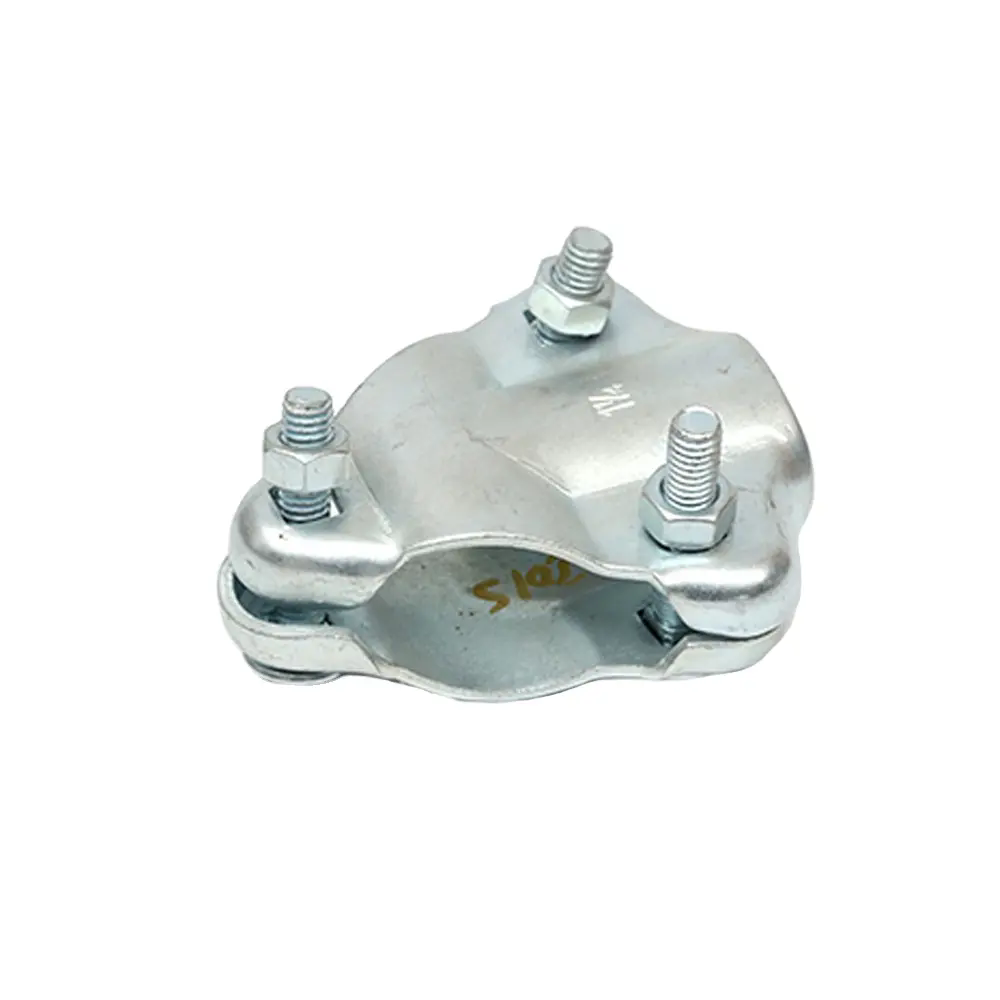Why Is Stamping Processing the Key to High-Precision Manufacturing?
2025-04-27
In a world where precision and efficiency define success, stamping processing stands out as a critical method for creating complex parts quickly and accurately. From automotive components to electronic devices, countless industries rely on this technique to shape metals into the exact forms needed for modern innovation. But what makes stamping processing such a powerful force in manufacturing?

Stamping processing offers unparalleled speed and repeatability. Once a die is created, thousands or even millions of identical parts can be produced with minimal variation. This ability to maintain consistent quality at high production volumes makes stamping a preferred choice for industries where uniformity and tight tolerances are essential, such as aerospace, automotive, and consumer electronics.
The versatility of stamping processing is another major advantage. It can handle a wide range of metals, including aluminum, stainless steel, copper, and titanium, and can perform various operations like punching, bending, embossing, and coining. Whether creating lightweight structural parts for electric vehicles or intricate connectors for smartphones, stamping processing adapts to the specific needs of each application with remarkable flexibility.
Cost-effectiveness is also a defining strength. While the initial investment in designing and manufacturing the stamping dies can be high, the long-term benefits are substantial. The high-speed production and low per-unit cost make stamping processing an economical solution for both large-scale production runs and specialized parts. This economic advantage allows manufacturers to stay competitive without compromising on quality.
Modern advancements have further enhanced stamping processing. With the integration of computer-aided design and computer-aided manufacturing technologies, companies can now achieve higher levels of accuracy and complexity than ever before. Precision tooling, real-time monitoring, and automation help ensure that each part meets exact specifications while reducing waste and minimizing production errors.
Stamping processing also contributes to stronger, more durable products. The very act of stamping can strengthen metal through a phenomenon known as work hardening, which improves the material's resistance to wear and deformation. This quality is particularly important in industries where durability and performance are non-negotiable.
In today’s fast-paced manufacturing world, stamping processing provides the perfect combination of precision, speed, versatility, and cost efficiency. It is the invisible force behind many of the high-quality products we use every day, making it an indispensable process for industries aiming to push the boundaries of innovation and performance.


